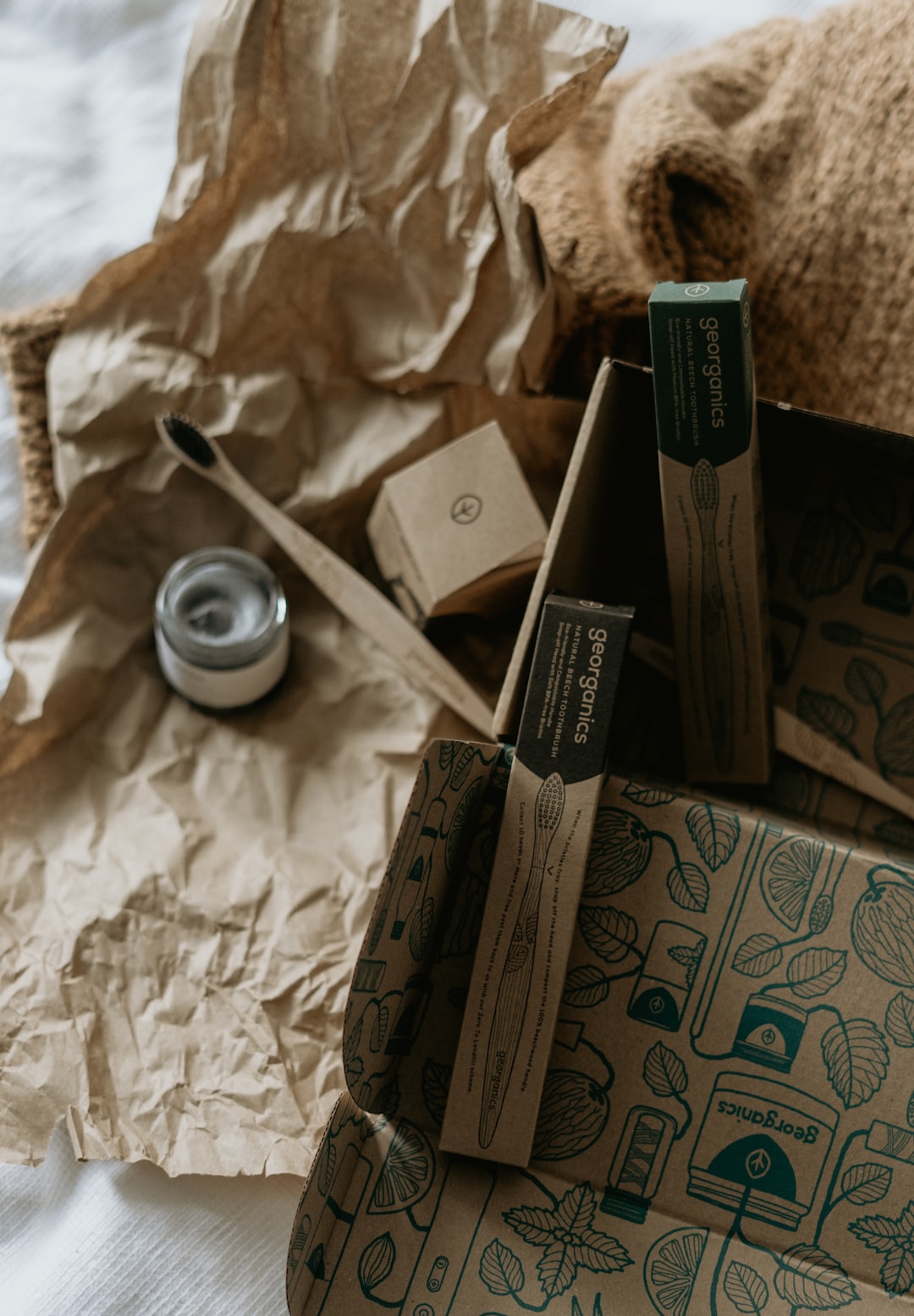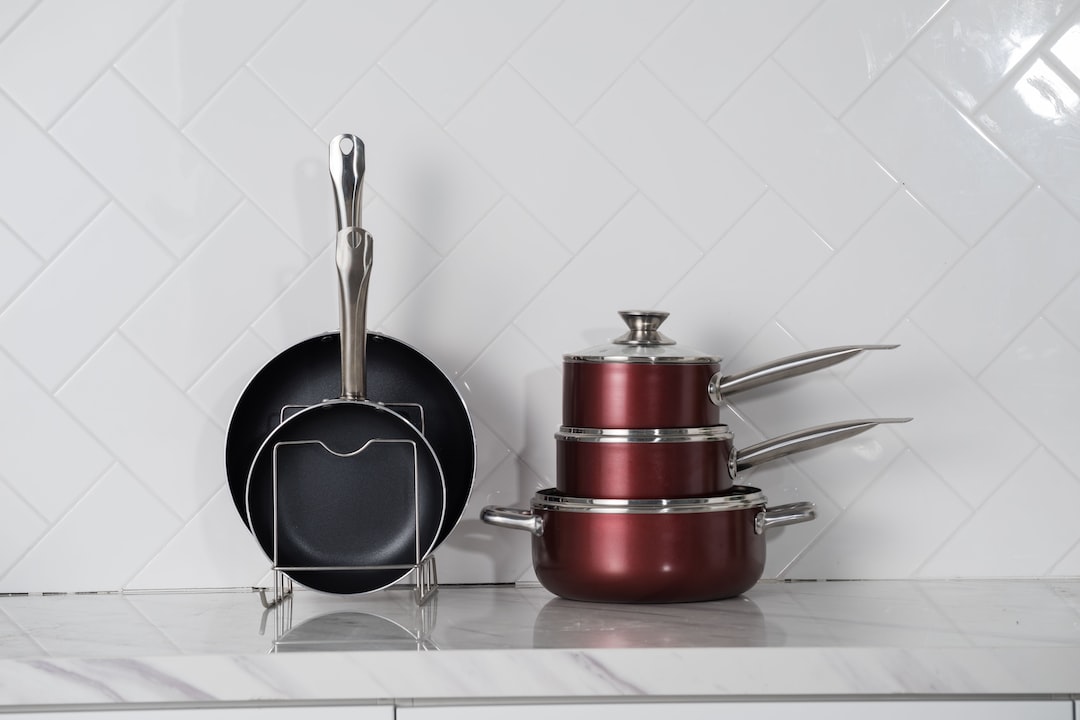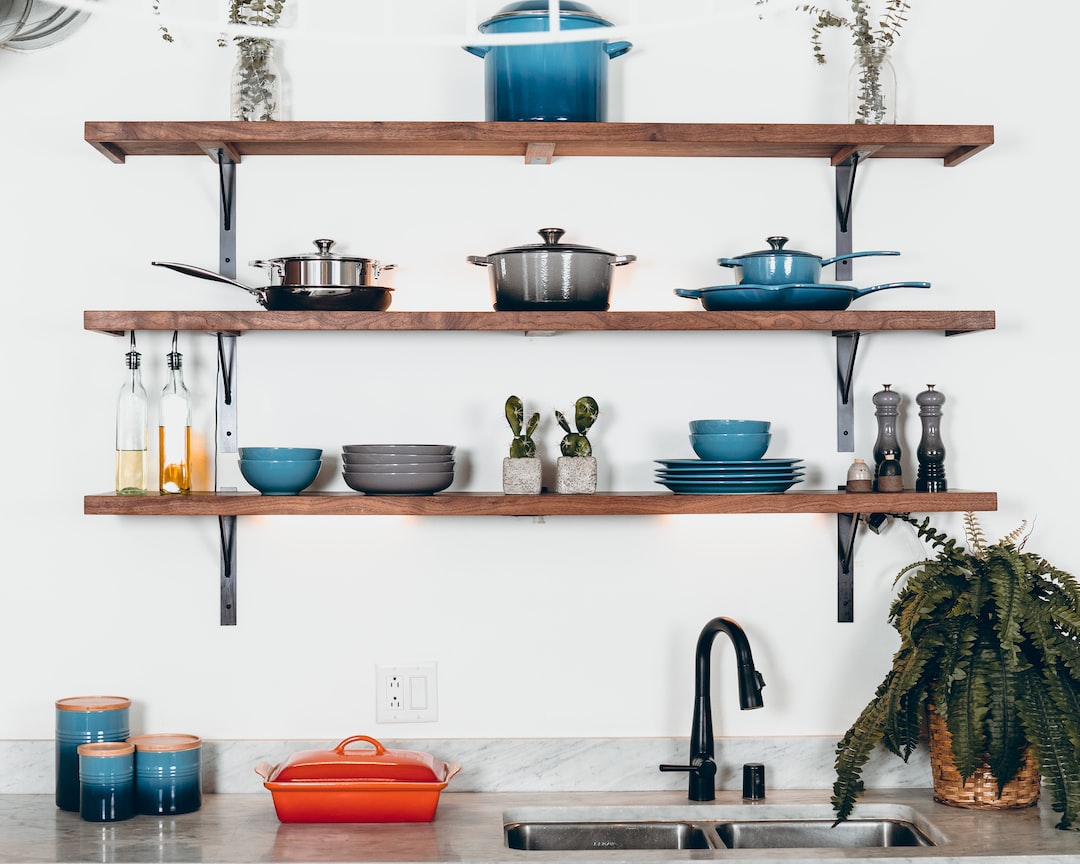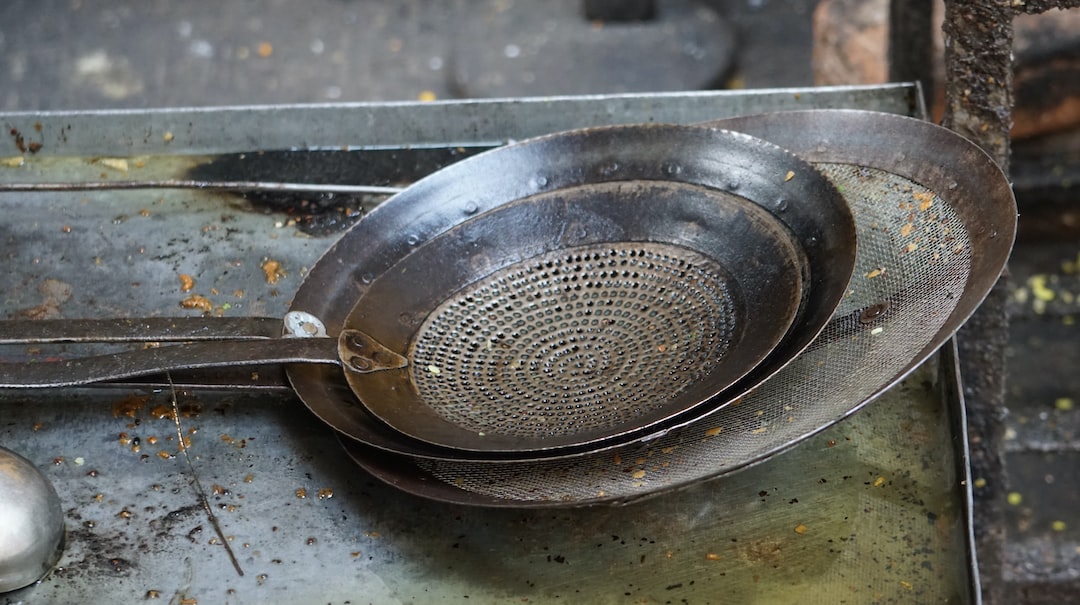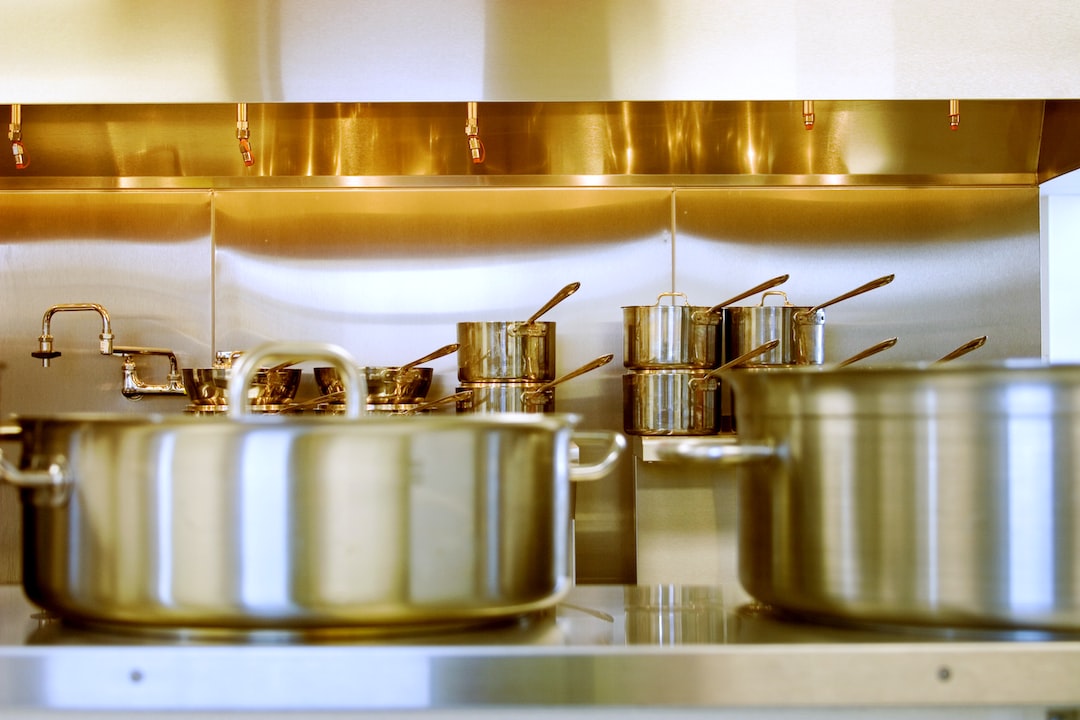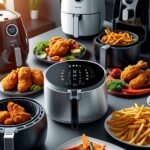Ladle of Contents
Key Takeaways:
– When using stainless steel pans, it is important to choose the right utensils to ensure optimal cooking performance and longevity of the cookware.
– Bamboo utensils are sustainable but require special care and maintenance.
– Wooden utensils are environmentally friendly but can stain easily and need regular oiling.
– Silicone utensils are affordable, heat resistant, and flexible, but some may contain fillers that reduce durability.
– Metal utensils are heavy duty and easy to clean, but they can cause superficial scratches on stainless steel cookware.
Bamboo Utensils: Sustainable and Stylish
Bamboo utensils have gained popularity in recent years due to their sustainability and stylish appearance. Bamboo is a fast-growing and renewable resource, making it an eco-friendly choice for utensils. These utensils are lightweight, comfortable to hold, and have a natural resistance to heat and moisture.
However, when using bamboo utensils with stainless steel pans, it is important to note that they require special care and maintenance. Bamboo utensils should be hand washed with mild soap and warm water. They should not be soaked for long periods or placed in the dishwasher, as this can cause the bamboo to warp or crack.
Additionally, bamboo utensils should be dried thoroughly after washing to prevent moisture from seeping into the wood, which can lead to mold or mildew growth. To maintain the longevity of bamboo utensils, it is recommended to apply a food-safe oil, such as mineral oil or coconut oil, periodically to prevent drying and cracking.
Wooden Utensils: Classic and Eco-Friendly
Wooden utensils have been used in kitchens for centuries and are known for their classic and timeless appeal. Like bamboo, wooden utensils are also environmentally friendly as they are made from a renewable resource. They are durable, heat resistant, and gentle on stainless steel pans, reducing the risk of scratching or damaging the cookware.
However, wooden utensils require regular maintenance to keep them in good condition. They should be hand washed with mild soap and warm water, avoiding prolonged soaking or exposure to high heat. It is important to note that wooden utensils can absorb flavors and odors, so it is recommended to avoid using them with strongly flavored or colored foods.
To prevent staining and drying, wooden utensils should be periodically treated with food-grade mineral oil or beeswax. This helps to maintain the natural moisture of the wood and prolong the lifespan of the utensils. With proper care, wooden utensils can last for many years and add a touch of elegance to your kitchen.
Silicone Utensils: Affordable and Heat Resistant
Silicone utensils have gained popularity in recent years due to their affordability, heat resistance, and flexibility. They are available in a wide range of colors and designs, making them a fun and stylish choice for any kitchen. Silicone utensils are heat resistant up to high temperatures, making them suitable for use with stainless steel pans.
One of the advantages of silicone utensils is their affordability. They are generally more budget-friendly compared to other types of utensils. However, it is important to note that not all silicone utensils are created equal. Some lower-quality silicone utensils may contain fillers that reduce their durability and heat resistance.
When choosing silicone utensils, it is recommended to opt for those made from 100% food-grade silicone. These utensils are free from fillers and are more durable and heat resistant. They are also easy to clean, as they can be washed in the dishwasher or by hand with mild soap and warm water.
Metal Utensils: Heavy Duty and Easy to Clean
Metal utensils, such as stainless steel or cast iron, are known for their durability and ease of cleaning. They are heavy duty and can withstand high temperatures, making them suitable for use with stainless steel pans. Metal utensils are also resistant to staining and do not absorb flavors or odors.
However, it is important to note that metal utensils can cause superficial scratches on stainless steel cookware. While these scratches do not affect the performance of the cookware, they can be unsightly. To minimize scratching, it is recommended to use metal utensils with care and avoid using excessive force when stirring or flipping food.
When cleaning metal utensils, they can be washed in the dishwasher or by hand with mild soap and warm water. It is important to dry them thoroughly after washing to prevent water spots or rusting. With proper care, metal utensils can last for a long time and provide reliable performance in the kitchen.
Conclusion: Choosing the Right Utensils for Stainless Steel Pans
When it comes to choosing utensils for stainless steel pans, there are several options to consider. Bamboo utensils are sustainable and stylish but require special care and maintenance. Wooden utensils are classic and eco-friendly but need regular oiling and can stain easily. Silicone utensils are affordable, heat resistant, and flexible, but it is important to choose those made from 100% food-grade silicone. Metal utensils are heavy duty and easy to clean but can cause superficial scratches on stainless steel cookware.
Ultimately, the choice of utensils depends on personal preference and cooking style. It is important to consider factors such as sustainability, durability, heat resistance, and ease of cleaning when selecting utensils for stainless steel pans. With proper care and maintenance, the right utensils can enhance your cooking experience and prolong the lifespan of your stainless steel cookware.

